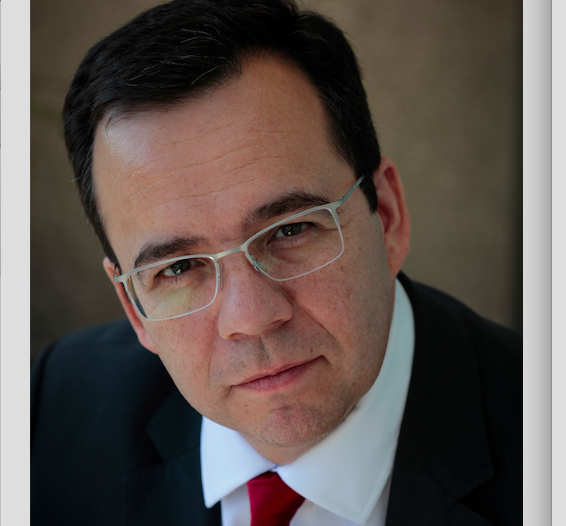High Yield in the Crosshairs
| For Fórmate a Fondo | 0 Comentarios

Investing in high yield bonds is not for the faint of heart. That said, the risks associated with below-investment-grade bonds are frequently overstated and couched in hyperbole, believes David P. Cole, CFA, Fixed Income Portfolio Manager at MFS.
Late last year, investors beat a thunderous exit from high yield bonds, which in turn reverberated through financial markets as analysts pondered the implication of deteriorating credit markets on the US economy. More recently, investors have made a U-turn, and high yield has witnessed inflows again and spreads have tightened. Talk of a US recession has similarly subsided.
According to the expert, high yield bonds are subject to a cyclicality that mirrors the economic cycle — and default risk is an important factor in total investment returns. If one understands the cyclical backdrop of the high yield asset class and adopts an investment approach that involves prudent security selection, particularly in the lower-credit-quality segment of the market, high yield bonds can make a compelling addition to a well-diversified portfolio.
“The asset class has historically delivered a risk-return profile somewhere between higher-quality fixed income and equities, and has exhibited characteristics of both markets over full market cycles. In the period from 1988 to 2015, the Barclays U.S. High Yield Corporate Bond Index delivered a compounded annualized total return of 8.1% — more than the 6.6% return of the Barclays U.S. Aggregate Bond Index but less than the 10.3% return of the S&P 500 Index”, points out.
High yield bonds can offer diversification against interest rate and equity risk. With relatively low interest-rate sensitivity compared with other fixed income asset classes, the US high-yield market may offer a buffer against a rise in interest rates.
Prudent security selection in the lower-quality segment
Volatility in the lowest-rated high yield bonds can be significant. For this reason, it’s important to focus on differentiation in return and risk characteristics by credit quality, as the returns of the lower-quality segment of the market can vary quite meaningful from that of the overall high yield market.
Historically, highlights Cole, investors have not been adequately compensated for a strategic allocation to lower-quality segments of the high yield market, as the perceived carry advantage is often offset by capital losses due to defaults. Compared to the higher-quality portions of the high yield market, the lowest-rated high yield securities (CCCs) have produced lower compounded returns given the variance drain — losses incurred from heightened volatility because of the wealth erosion caused by downdrafts in security prices — associated with their significantly higher return volatility.
“While lower compounded returns argue against a strategic overweight to CCCs, this market segment also displays a greater dispersion of returns than those in the higher-rated BB or B portions of the market. This suggests potential opportunities to add value by selectively investing in CCC securities, especially on the heels of a significant selloff, when credit spreads have widened substantially”, explains the MFS portfolio manager.
Consequently, says Cole, a tactical allocation to the lower-quality segment of the high yield market can be appropriate when one is being sufficiently compensated for taking on the additional price risk. In the current environment, for instance, energy and mining companies may become attractive. However, investments in these lower-rated securities must be carefully weighed against the overall risk profile of the portfolio, as they can be both distressed and highly illiquid.
“December’s headline-driven selloff in high yield, prompted by a small handful of high yield strategies that ran into trouble with overweight positions in commodity sectors and CCC-rated securities, provided a stark reminder of just how important it is to manage credit risk in high yield”, concludes.
For MFS, the high yield market provides an opportunity for investors to gain exposure to the credit market with an asset class that provides diversification and an attractive return profile over time. Investing in this market also requires prudence, an eye for identifying inflection points, and favoring certain names — such as those on the higher-quality tier of the credit quality spectrum — to deliver attractive risk-adjusted returns.


















